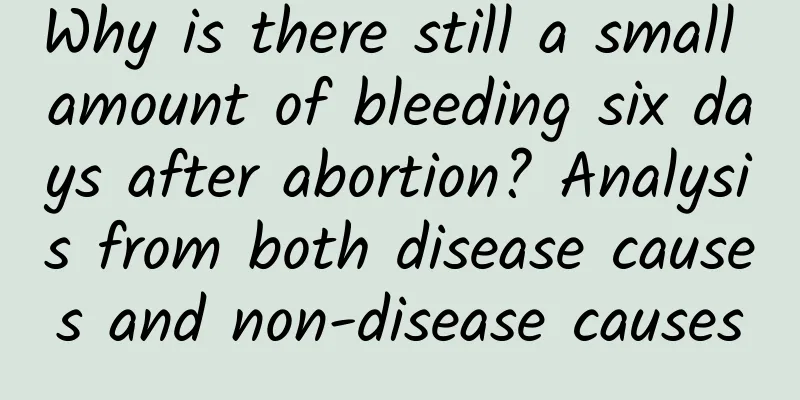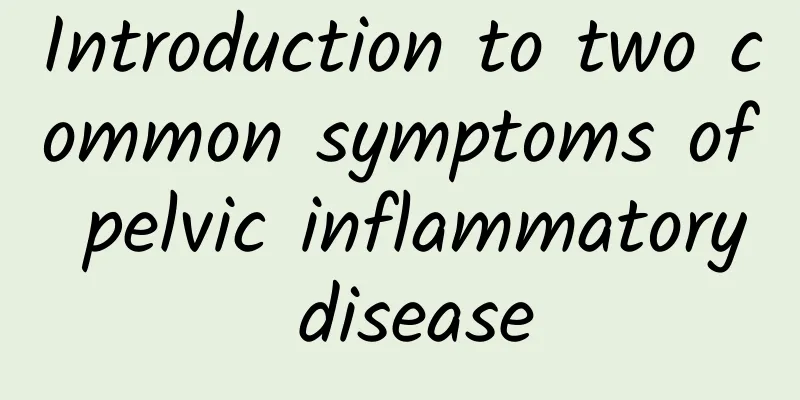Treat the symptoms of uterine fibroids with a positive attitude

|
Many patients do not know the symptoms of uterine fibroids. It may be that uterine fibroids have already occurred in the body. Don’t let ignorance kill your health. Let us take a look at what the experts say. Symptoms of uterine fibroids: 1. Excessive menstruation The symptoms include excessive menstruation, prolonged menstruation or irregular vaginal bleeding. The main reason for the increased bleeding is the increase in the area of the endometrium. Due to the effect of estrogen on the endometrium, the myoma hinders the contraction of the uterus and affects the blood circulation, causing endometrium congestion. Due to long-term bleeding from the lower abdominal mass, patients often have varying degrees of anemia. Symptoms of uterine fibroids 3. Abdominal mass When the subserosal or intramural fibroids grow beyond the pelvic cavity, patients can usually feel the mass themselves and go to the hospital for treatment, which may be accompanied by a feeling of falling. Symptoms of uterine fibroids 4. Pain In addition to the pain caused by compression of the pelvic nerves, pedunculated submucosal fibroids cause uterine contractions in the uterine cavity and produce pain. When the fibroids block the cervical canal and hinder the outflow of menstrual blood, it can cause dysmenorrhea, which is also a symptom of uterine fibroids that we need to pay attention to. Symptoms of uterine fibroids 5. Compression Myomas located in the lower part of the uterus and the cervix can compress pelvic tissues and nerves, causing lower abdominal pain and back pain. Myomas growing forward or backward can compress the bladder, urethra or rectum, causing frequent urination, dysuria, urinary retention or constipation. When myomas grow to both sides, they form broad ligament myomas, which can compress the ureter and cause hydroureter or renal pelvis; if they compress pelvic blood vessels and lymphatic vessels, they can cause lower limb edema. These are all symptoms of uterine fibroids caused by compression. To sum up, these are the symptoms of uterine fibroids. If you experience these symptoms, you must go to the hospital in time. If you want to know more about uterine fibroids, you can browse other related articles on this site. Uterine fibroids http://www..com.cn/fuke/zgjl/ |
<<: Common treatments for uterine fibroids
>>: What are the differences between vulvar white lesions and vulvar leukoplakia?
Recommend
Common surgical procedures for treating benign ovarian cysts
Surgery is an effective method for treating benig...
How to diagnose cervicitis
As we all know, cervicitis is extremely harmful t...
Zeppelin promotes food education: Friendly farming methods make "ugly vegetables" just as nutritious!
Ambitions unfulfilled! It is a pity that Chi Peil...
Is uterine cyst serious? What are the dangers?
Whether a uterine cyst is serious depends mainly ...
What are the types of uterine fibroids?
Uterine fibroids, also known as uterine leiomyoma...
Dietary care principles for ovulation bleeding
Ovulation bleeding is a phenomenon that every fem...
Does adenomyosis cause back pain in patients?
Can adenomyosis cause low back pain? 1. Simply pu...
What are the main symptoms of cervical hypertrophy?
Cervical hypertrophy is not a disease that everyo...
What is the reason why the menstrual period has not ended for more than 10 days?
What is the reason why menstruation has not ended...
Rose flower drinking or external application can effectively relieve dysmenorrhea
Dysmenorrhea causes trouble to many women. Abdomi...
What medicine should I take if uterine fibroids cause hemorrhage? What should I do if uterine fibroids cause hemorrhage?
What medicine should I take if uterine fibroids c...
Dietary therapy for auxiliary treatment of cervical erosion
If cervical erosion is not treated in time or is ...
Etiology of endometrial tuberculosis
What is the cause of endometrial tuberculosis? En...
What are the causes of uterine fibroids?
What factors are related to the causes of uterine...
Let’s take a closer look at the causes of miscarriage.
Abortion is a very serious matter for women. It n...









